Lighting Systems
Transform your space with intentional, technology-backed lighting
System Types
Light is more than meets the eye – much more, actually. Besides enabling us to see the world in all its vibrant shades and intricate details, it regulates various non-visual biological responses in people. Light also plays a pivotal role in controlling our “internal clock”, which makes us alert during the day and sleepy at night. Our daily physical, mental, and behavioural changes responding to a light-and-dark cycle are defined as our circadian rhythm. Just as a sunflower follows the sun to soak in maximum sunshine, people have historically planned their existence around daylight. Before man-made light sources, the sunrise would signal people to start their day, and they would wind down in the dark when the fire’s last embers fizzled out. With the moon and stars as their guides, light around them was sufficient to decree when it was time to rest and when to be active. A well-entrained circadian system is synchronized with natural light/dark cycles of the solar day, which ensures a harmonious existence.
Full spectrum lighting is a type of artificial lighting that closely resembles natural sunlight. It emits a wide range of wavelengths across the electromagnetic spectrum, replicating the balance of colors and wavelengths found in natural sunlight.
To measure the spectrum of light, we use the Color Rendering Index (CRI) and correlated color temperature (CCT). A CRI of 100 indicates accurate color reproduction, similar to natural sunlight. A CCT in the range of 5000K to 6500K is considered daylight-like.
Full spectrum lighting finds its applications in settings where accurate color perception is crucial, such as art studios, photography studios, medical facilities, and work areas requiring detailed tasks. Here are some key points to know:
Color Accuracy: Full spectrum lighting aims to reproduce colors accurately, reducing color distortion and providing a natural viewing experience.
Health and Well-Being: Some people believe that exposure to light closely resembling natural sunlight can positively affect mood,alertness, and regulate circadian rhythm.
Reduced Eye Strain: The balanced distribution of colors in full spectrum lighting may help reduce eye strain and fatigue caused by prolonged work under artificial light.
Productivity and Focus: Studies suggest that full spectrum lighting can enhance productivity and focus in work environments, offering better visual comfort and clarity.
Plant Growth: Full spectrum lighting supports healthy growth in indoor gardening and hydroponics setups due to its broad spectrum of light.
It is essential to note that the term “full spectrum” lighting is not regulated or standardized. Not all products labeled as such offer the same level of color accuracy or quality. When selecting full spectrum lighting solutions, prioritize products with higher CRI values and color temperatures closely matching natural daylight.
Tunable white light offers a fascinating concept to explore. Picture a traditional incandescent bulb emitting a yellowish glow, contrasting with the earlier blue tone of LED car headlamps. Although both emit white light, the former leans towards the warmer side of the spectrum, while the latter is significantly cooler. Tunable white light grants the ability to fine-tune these varying color temperatures.
In technical terms, tunable white light allows you to adjust the composition of colors that constitute white light, reminiscent of Newton’s experiments. This adjustment results in what we call the Correlated Color Temperature (CCT), with CCT measured in degrees Kelvin. A lower CCT reflects a warm appearance (typically below 3000K), evoking the soft amber hues of a campfire, while a higher CCT signifies a cool appearance (above 4000K), reminiscent of the bright blue lights found in an operating room. Neutral white light, falling within the 3000-4000K range, sits in the middle of this captivating spectrum.
With tunable white technology, these parameters can be dynamically adjusted in real-time, whether through the use of a slider control or a sophisticated lighting management system. This versatility opens up exciting possibilities for creating engaging and customizable lighting experiences.
Dim-to-warm lighting is a captivating lighting technology that emulates the behavior of traditional incandescent bulbs when they are dimmed. As the dim-to-warm light source is dimmed, its color temperature gracefully transits from a cooler, bluish-white light to a warmer, yellowish-white light. This remarkable effect recreates the natural color change of incandescent bulbs, providing a comfortable and cozy atmosphere.
The concept behind dim-to-warm lighting is not just to adjust the brightness but also to alter the perceived warmth of the light. This has a positive impact on the ambiance of a space and the well-being of its occupants. Warmer light fosters relaxation, comfort, and intimacy, making dim-to-warm lighting highly sought-after in environments where a calm and cozy atmosphere is desired, such as homes, restaurants, hotels, and other hospitality settings.
LED technology is commonly used to achieve dim-to-warm lighting. LEDs can be designed to vary their color temperature by adjusting the output of different colored LED chips within the same fixture. The transition from cooler to warmer light is usually smooth and gradual, replicating the natural behavior of incandescent bulbs.
Controlling dim-to-warm lighting is easy. It can be done using dimmer switches, smart lighting systems, or by manually adjusting the brightness of the light source. It’s important to note that not all LED fixtures support dim-to-warm functionality, so it’s advisable to choose products specifically designed for this feature.
In summary, dim-to-warm lighting offers a dynamic and aesthetically pleasing experience by combining the flexibility of dimming with the captivating color temperature variation of the light source.
Static white lighting is a type of lighting that offers a constant and unchanging white light output, making it ideal for a variety of applications. Whether you need consistent illumination for indoor spaces, architectural lighting, photography studios, or retail environments, static white lighting delivers the desired results.
Unlike dynamic lighting, which can vary in color and intensity, static white lighting maintains a fixed color temperature and brightness level. The color temperature determines the perceived color of white light and is measured in Kelvin (K). Lower color temperatures, ranging from 2700K to 3500K, emit warmer, yellowish light similar to incandescent bulbs. On the other hand, higher color temperatures, between 4000K to 10,000K, produce cooler, bluish light resembling natural daylight.
Various light sources can achieve static white lighting, such as incandescent bulbs, fluorescent lamps, and LEDs (light-emitting diodes). LEDs have gained popularity due to their energy efficiency, longevity, and the ability to adjust their color temperature to suit specific needs.
When it comes to interior lighting, the choice of color temperature can significantly impact the mood and ambiance of a space. Warmer color temperatures create a cozy and inviting atmosphere that is perfect for residential settings. Cooler color temperatures, on the other hand, are more suitable for clinical or task-oriented environments.
In summary, static white lighting offers consistent and reliable illumination for a wide range of practical and aesthetic purposes. Whether you seek a cozy home environment or a functional workspace, static white lighting can meet your needs with its reliability and versatility.
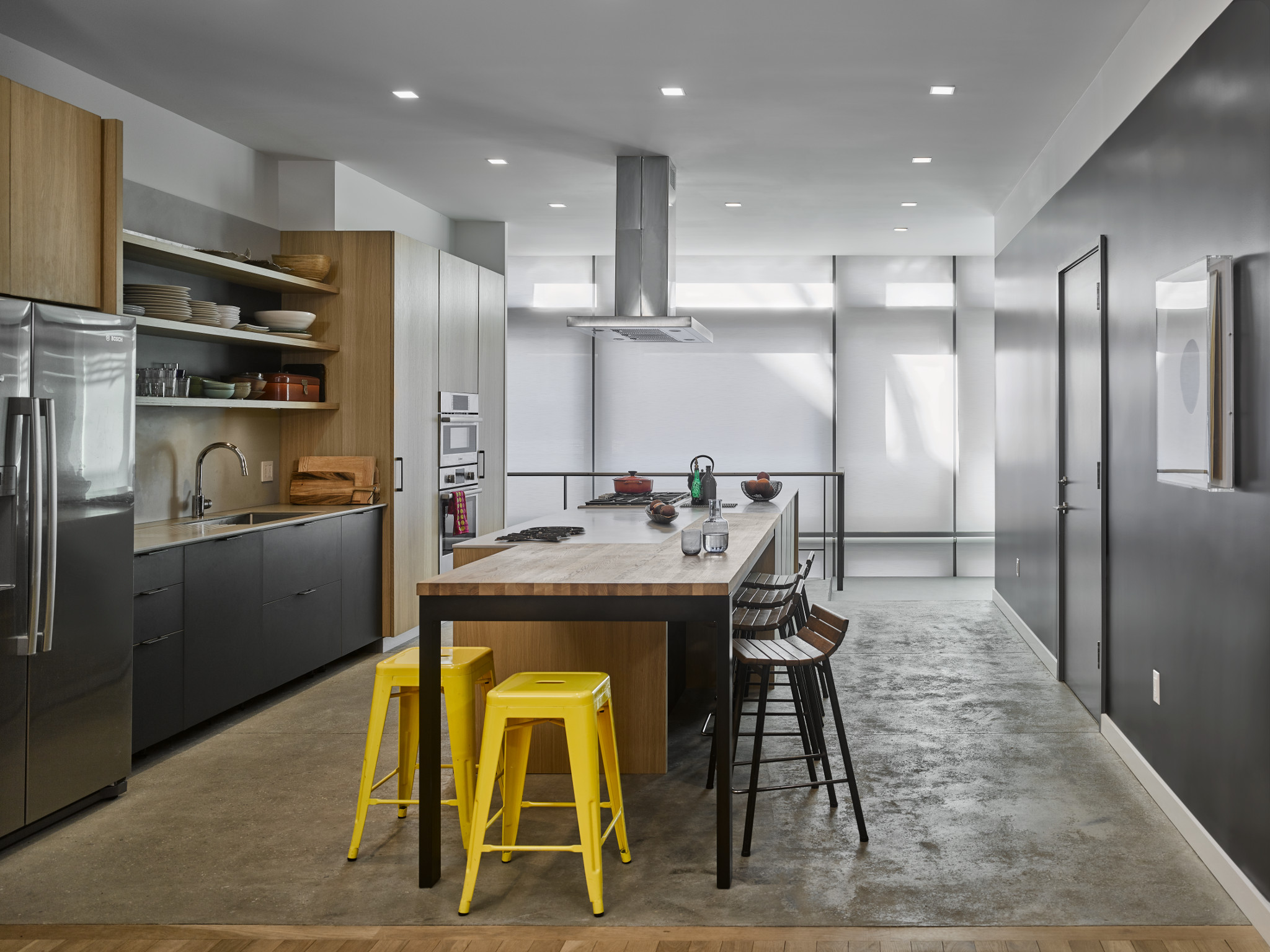
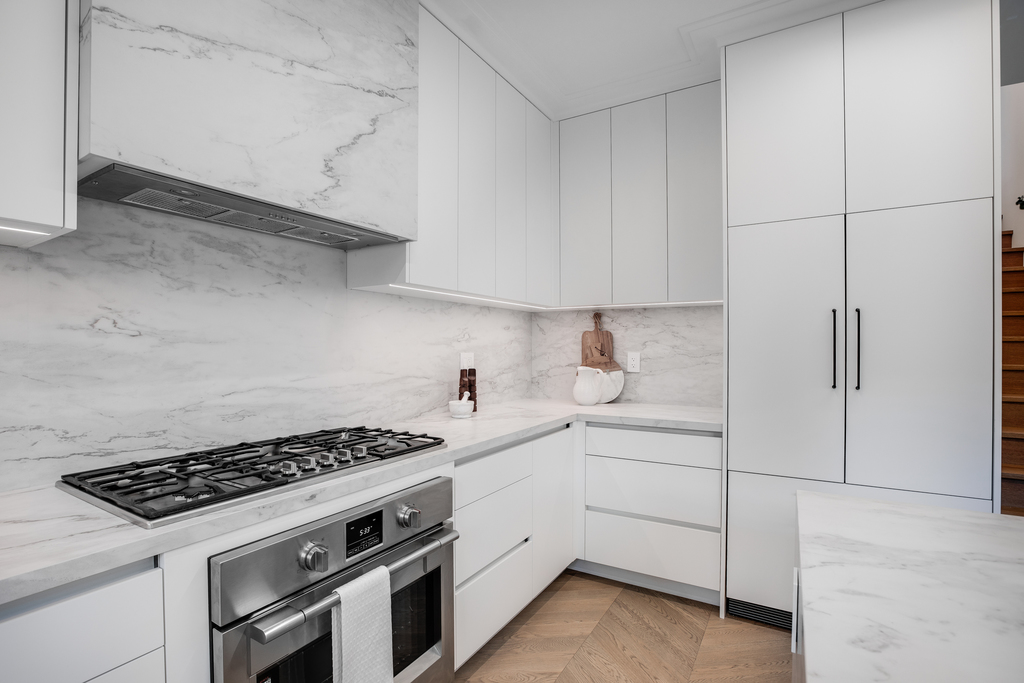
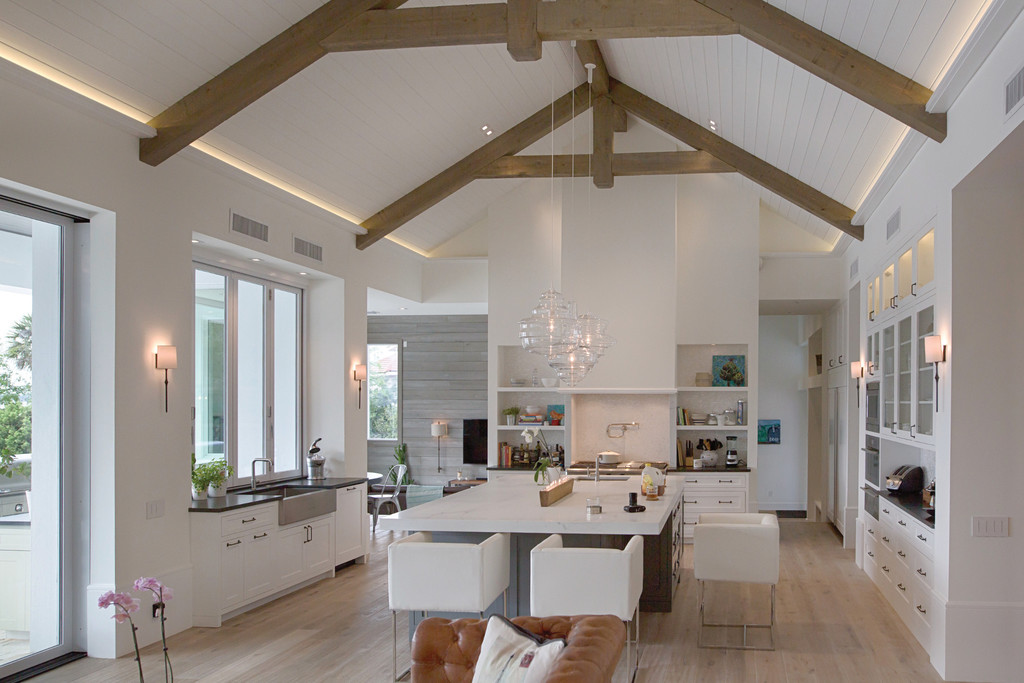
Layers of Light
Ambient Layer
The ambient layer, also known as General Lighting, is responsible for providing the necessary illumination to illuminate a space in its entirety. Typically, downlighting is used to create this layer, with the initial configuration determined during the finalization of architectural plans.
Discover the freedom of a touch away home with notifications and remote access, perfect for globe-trotting adventurers and busy professionals. Custom profiles allow friends, family, or household staff to enjoy automation while respecting your preferences.
With a sleek and stylish user interface, smart remotes provide centralized control of all your home automation systems. Explore the endless features and make everything in your home just the way you like it, with Assembly’s everyday luxuries.
Easy living with Assmbly!
When choosing downlights for the ambient layer, it is crucial to consider the delivered lumens. Larger areas or rooms with higher
ceilings require a higher number of lumens to adequately illuminate the space. After determining the total lumens that match the size and shape of the room, the lights should be spaced evenly to ensure uniform coverage of all horizontal surfaces. Additionally, it is important to select a color temperature that complements the room’s decor and purpose. Cooler color temperatures are commonly used in bathrooms, office areas, and kitchens, while warmer lighting is preferred in bedrooms, dens, and dining areas
By implementing these considerations, you can effectively enhance the speed and performance of your lighting system, creating a visually appealing and functional environment.
Task Layer
Next, the task layer focuses on enhancing the functionality of specific areas within the space. For example, in an office setting, the task lighting should be designed to illuminate the desk workspace effectively. Similarly, in a kitchen, task lighting is crucial for illuminating cooking surfaces or countertops.
Discover the freedom of a touch away home with notifications and remote access, perfect for globe-trotting adventurers and busy professionals. Custom profiles allow friends, family, or household staff to enjoy automation while respecting your preferences.
With a sleek and stylish user interface, smart remotes provide centralized control of all your home automation systems. Explore the endless features and make everything in your home just the way you like it, with Assembly’s everyday luxuries.
Easy living with Assmbly!
When designing the task layer, factors such as color temperature and beam angle should also be considered. In areas where safety is a priority, like a cooking surface in a kitchen, a tighter beam angle and high center beam candlepower would be appropriate.
By incorporating both the ambient and task layers, any room can be fully functional for its intended purpose. However, the lighting design can be further enhanced with the addition of the final layer, which combines the functional aspects of the ambient and task layers with artistry and style. This final layer adds a touch of creativity and visual appeal to the overall lighting design.
Accent Layer
The accent layer serves as a beautiful finishing touch, enhancing the overall aesthetics and drawing attention to architectural elements like columns, floral arrangements, and wall art.
Discover the freedom of a touch away home with notifications and remote access, perfect for globe-trotting adventurers and busy professionals. Custom profiles allow friends, family, or household staff to enjoy automation while respecting your preferences.
With a sleek and stylish user interface, smart remotes provide centralized control of all your home automation systems. Explore the endless features and make everything in your home just the way you like it, with Assembly’s everyday luxuries.
Easy living with Assmbly!
While the accent layer allows for more artistic expression, it plays a subjective role among the three layers. A skilled lighting designer can seamlessly blend the accent layer with the ambient and task layers, harmonizing the entire space. In addition to decorative trims, the accent layer can incorporate specialized wall wash trims, transforming a traditional downlight into a captivating
accent light.
Architectural Fixture Types
Architectural lighting refers to the strategic use of lighting within the built environment to enhance the aesthetics, functionality, and overall experience of a space. It involves the careful consideration and design of lighting fixtures, placement, and techniques to highlight architectural features, create visual interest, and influence the perception of a space.

Cove Lighting
Cove lighting is a type of architectural lighting technique in which lighting fixtures are concealed within recessed ledges, niches, or elevated structures, typically positioned near the junction of walls and ceilings. The primary purpose of cove lighting is to create an indirect and soft illumination that washes the ceiling or upper portions of walls, producing a subtle and visually pleasing ambient light effect within a space.
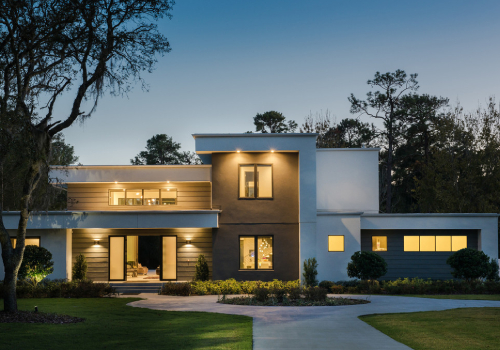
Soffit lighting
Soffit lighting is a type of architectural lighting technique that involves installing lighting fixtures in the soffit, which is the underside or overhang of a building’s roof, balcony, archway, or any horizontal architectural element. The primary purpose of soffit lighting is to illuminate the area below it, such as pathways, entrances, building facades, or outdoor living spaces, while also providing a decorative and functional lighting effect.

Valance lighting
Valance lighting is an interior lighting design technique that involves concealing a light fixture or source behind a decorative panel or molding. Typically positioned near the ceiling atop a wall, this setup allows the light to cast a gentle, indirect illumination upwards or downwards, creating a soft and ambient glow within a space.
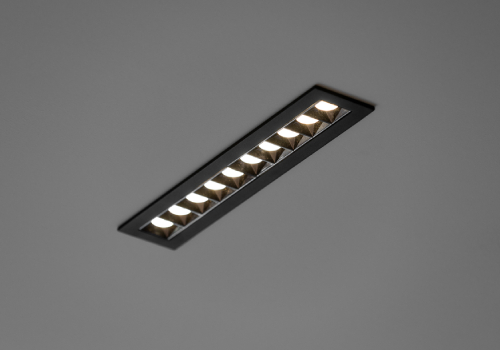
Recessed Lighting
Recessed lighting, often referred to as “can lighting” or “pot lighting,” is a type of architectural lighting design in which light fixtures are installed into openings or recesses in the ceiling, walls, or other surfaces. These fixtures are designed to be flush with the surface they are installed in, creating a clean and unobtrusive appearance. Recessed lighting is popular for its versatility, as it can be used in various settings to provide both functional and aesthetic illumination.
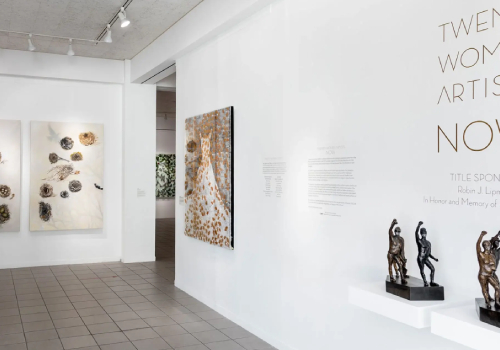
Track Lighting
Track lighting is a versatile type of lighting system that uses a linear track with electrical conductors to mount and power multiple light fixtures. This setup allows the fixtures to be easily adjusted along the track to create various lighting configurations and highlight specific areas or objects within a space. Track lighting is popular for its flexibility, adaptability, and contemporary aesthetic.
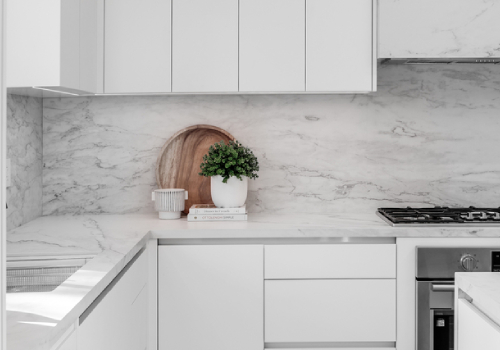
Under Cabinet Lighting
Under cabinet lighting is a type of task lighting that involves installing light fixtures underneath kitchen cabinets, shelves, or other surfaces. Its primary purpose is to provide focused illumination onto the countertop or workspace area below, enhancing visibility for tasks such as food preparation, cooking, reading recipes, and other kitchen activities. Under cabinet lighting is both functional and aesthetic, offering a practical solution while also adding a layer of ambiance to the kitchen.
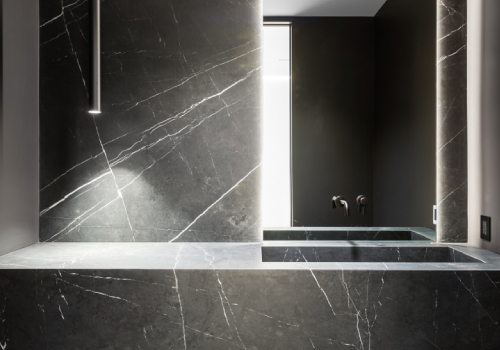
Pendant Lights
Pendant lighting is a type of hanging light fixture that is suspended from the ceiling by a cord, chain, or rod. It’s characterized by its distinct design, where the light source is typically enclosed within a decorative shade or housing that hangs down like a pendant. Pendant lights are versatile and can be used for both functional illumination and decorative purposes, making them a popular choice in various interior design styles.
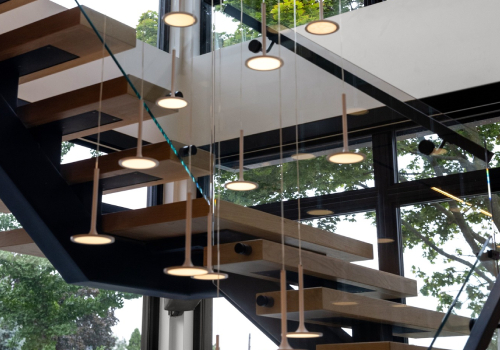
Chandeliers
A Chandelier is a decorative lighting fixture that is suspended from the ceiling and typically features multiple branches or arms, each holding light sources. Chandeliers are known for their elegant and ornate designs, making them prominent focal points in various interior spaces. They are often associated with luxury, grandeur, and sophistication, and they come in a wide range of styles to suit different design aesthetics.
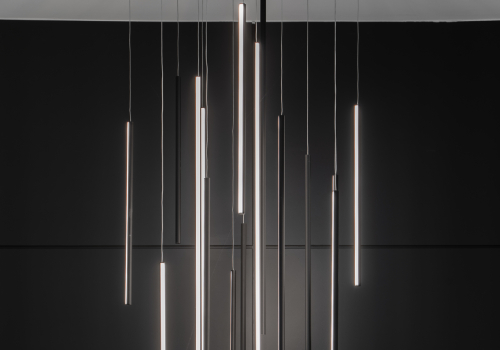
Ceiling Fixtures
Ceiling light fixtures refer to a wide range of lighting installations that are mounted directly onto the ceiling to provide illumination within a room or space. These fixtures come in various shapes, sizes, styles, and types to accommodate different lighting needs, interior designs, and preferences. Ceiling light fixtures are fundamental components of interior lighting design and serve various purposes, from providing general ambient lighting to offering task-specific illumination.
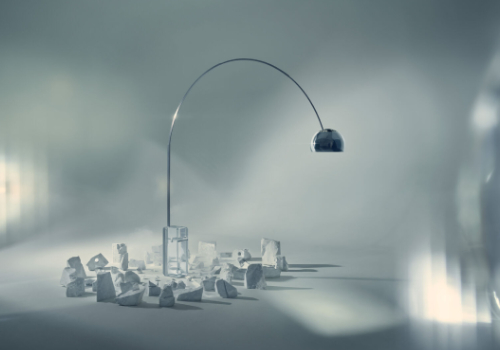
Desk, Table & Floor Fixtures
Desk, table, and floor light fixtures are lighting solutions designed to provide illumination in specific areas and for various tasks within a room. They come in different styles, sizes, and types, catering to different lighting needs, functional requirements, and design preferences. These fixtures play a crucial role in creating a well-lit, comfortable, and visually appealing environment.



